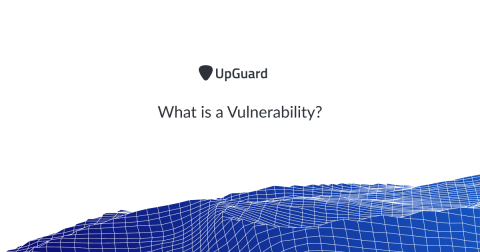What is a Vulnerability?
In cybersecurity, a vulnerability is a weakness that can be exploited by cybercriminals to gain unauthorized access to a computer system. After exploiting a vulnerability, a cyberattack can run malicious code, install malware and even steal sensitive data. Vulnerabilities can be exploited by a variety of methods including SQL injection, buffer overflows, cross-site scripting (XSS) and open-source exploit kits that look for known vulnerabilities and security weaknesses in web applications.











